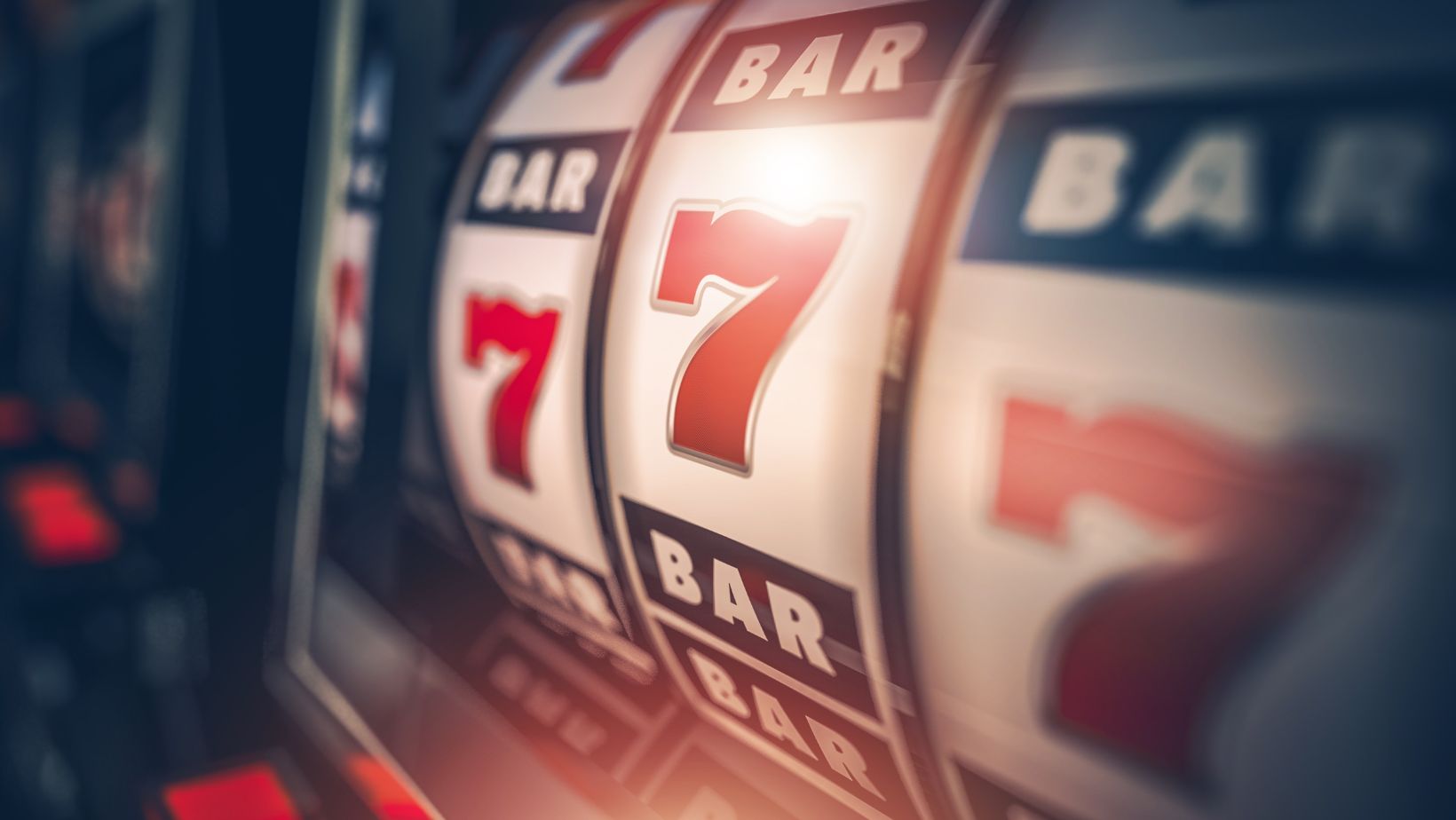The journey of slot machines from mechanical levers to digital screens mirrors a broader cultural shift. These devices have evolved far beyond simple gambling tools, becoming complex entertainment systems. The digital era introduced platforms like Zoome pokies, which offer a vast library of themed games. This evolution reflects changing player expectations and technological possibilities. Understanding this progression reveals where gaming trends are heading next.
Key Facts
- The first mechanical slot machine, the Liberty Bell, was invented by Charles Fey in 1895.
- In 2025, the global online slots market is projected to exceed $100 billion in annual revenue.
- Modern video slots can feature over 100,000 possible ways to win, a stark contrast to the original three-reel design.
- Approximately 70% of an online casino’s game library typically consists of various slot titles.
- The largest online jackpot ever won on a single spin was recorded at €18.9 million in 2015.
- By 2024, over 60% of slot gameplay occurred on mobile devices.
From Liberty Bell to Digital Domination
Charles Fey’s Liberty Bell established the foundational three-reel, one-payline format. For decades, physical machines dominated casino floors. The real transformation began with the advent of microprocessors. Video slots in the 1970s replaced physical reels with graphical representations. This shift unlocked infinite creative potential for game developers. They could now incorporate elaborate storylines and bonus rounds. The transition from physical to virtual was the most significant leap. It paved the way for the online casinos we know today.
The Psychology Behind Modern Game Design
Modern slot design is a sophisticated science. It focuses heavily on player engagement and retention. Game developers use advanced algorithms to create compelling experiences. Features like near-misses and celebratory sounds trigger dopamine release. This reinforces the desire to continue playing.

The strategic use of bonuses is also crucial. These rewards provide players with extra chances to win without immediate cost. They create a sense of value and extended gameplay. This careful design keeps players immersed in the gaming environment for longer sessions.
What the Future Holds for Slot Gaming
The next evolutionary step is already underway with immersive technologies. Virtual and augmented reality promise to blend the physical and digital casino worlds. Players might soon walk through virtual casino lobbies from their living rooms. Artificial intelligence will further personalize the experience. AI could curate game recommendations based on individual playing style. Blockchain technology introduces provably fair gaming and transparent transactions. These innovations will make games more interactive and trustworthy. The future of slots is not just about spinning reels; it’s about creating entire digital worlds.
The evolution of slot machines demonstrates a relentless drive toward more engaging and accessible entertainment. The core thrill of the game remains, but its presentation and possibilities have expanded exponentially. Technology will continue to shape this landscape, prioritizing personalization and immersion. The journey from a simple mechanical bell to complex digital universes confirms that the industry’s ability to adapt is its greatest asset.

